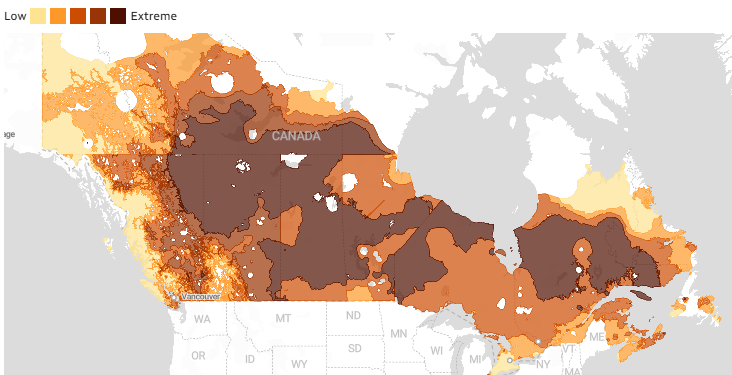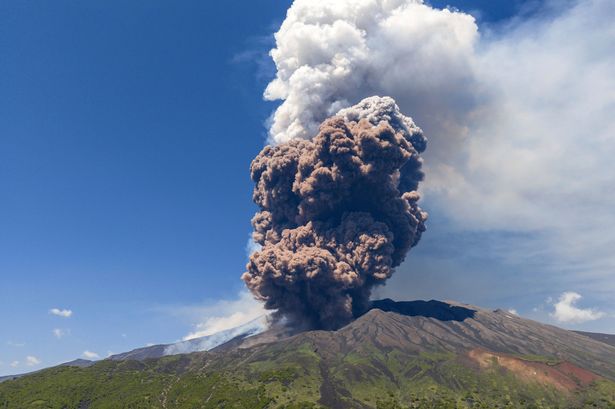
Introduction
Wildfires in Canada have reached alarming levels this year, making it crucial for citizens to stay informed about their locations and effects. As of late 2023, wildfires across various provinces continue to threaten ecosystems, air quality, and communities. Understanding where these wildfires are occurring not only helps residents and travelers but also underscores the pressing need for wildfire management and ecological considerations.
Current Wildfire Activity
As of October 2023, British Columbia and Alberta have been significantly impacted by ongoing wildfires. According to the Canadian Interagency Forest Fire Centre, British Columbia has reported over 1,500 active fires this year, with notable hotspots in the interior regions, including areas around Kamloops and Prince George. Alberta has also seen an increase in wildfire incidents, particularly in remote regions such as the Wood Buffalo National Park area. In addition, Ontario and Quebec have faced outbreaks, although they are less severe in comparison to the western provinces.
The hot, dry summer coupled with significant wind conditions has contributed to the rapid spread of these fires. Authorities are continually assessing the situation, with evacuation orders in place for vulnerable communities. The air quality in many regions has also deteriorated due to smoke, leading to health warnings and advisories.
Containment Efforts and Community Impact
Crew efforts to contain the wildfires have been ongoing, with hundreds of firefighters deployed, along with air support from water bombers. Community organizations and volunteers are assisting in evacuation measures and providing resources for displaced residents. The federal and provincial governments are allocating funds to support affected communities and to improve firefighting resources.
Wildfires are not only a challenge to local communities but also have a broader climate impact. The fires contribute to greenhouse gas emissions, exacerbating the climate crisis Canada is facing today. Environmentalists warn that sustainable forest management strategies must be implemented to mitigate future risks.
Conclusion
The current status of wildfires in Canada serves as a reminder of the ongoing ecological challenges the country faces. As we approach the end of the wildfire season, the need for comprehensive wildfire management strategies becomes increasingly urgent. Citizens are encouraged to stay informed about their local areas, particularly regarding evacuation protocols and air quality updates. Wildfires are a significant threat not only during peak seasons but also present long-term challenges in forest management and environmental sustainability. Ongoing efforts and awareness can help mitigate future wildfire risks and protect communities across Canada.




